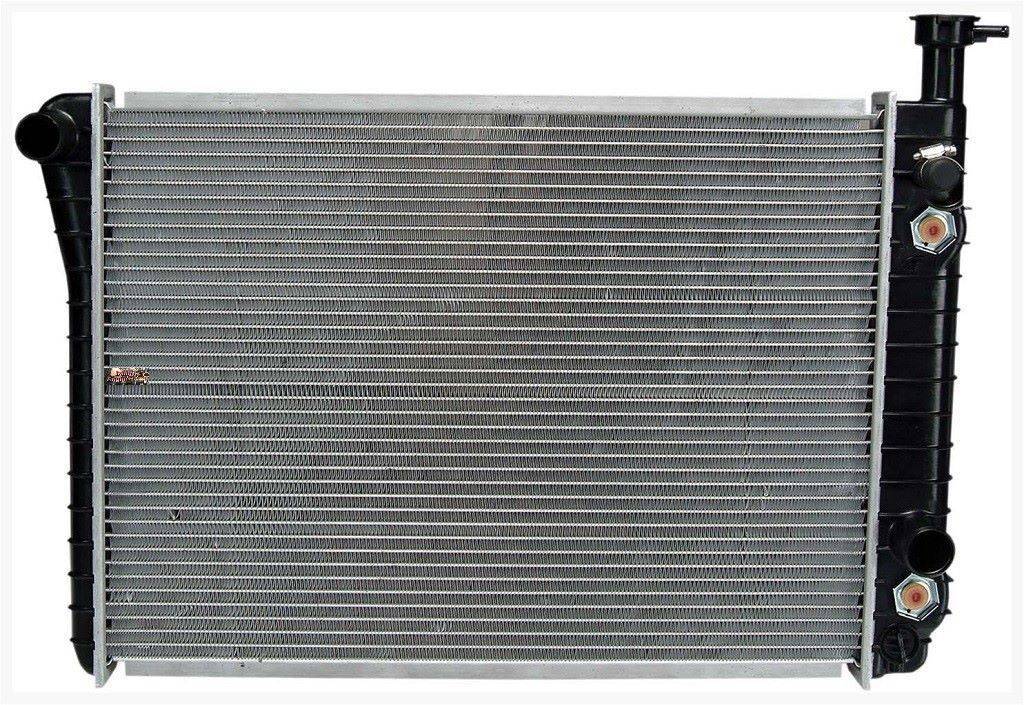- Radiator: Engine Overheating Causes and Consequences
- Car Radiator : Consequences Of Car Radiator Overheating
- Automotive Engine Overheating – Causes And Consequences
- Coolant Recovery Tank – Helps To Maintain A Full Cooling System
Above all, it is the main component of the engine’s cooling system. And is responsible for preventing the engine from overheating. By transferring heat from the engine coolant to the outside air. It works by circulating hot coolant through thin metal fins. Which is then cooled by air flowing through the radiator, either from the car’s movement or a fan.
So, How Does It Work:
Coolant circulates:
A liquid coolant (a mixture of water and antifreeze) circulates through the engine, absorbing excess heat from the combustion process.
Heat is transferred:
This hot coolant is then pumped to the radiator.
Heat is exchanged:
Inside the radiator, the hot coolant flows through tubes surrounded by thin metal fins. As air passes over these fins, it draws heat away from the coolant.
Airflow is crucial:
The radiator is positioned at the front of the car so that air can flow through it. A fan assists this process, especially when the car is idling or moving slowly.
Cooled coolant returns:
After being cooled, the liquid returns to the engine to repeat the cycle. While keeping the engine at a stable operating temperature.
Thermostat regulates flow:
A thermostat acts as a valve, controlling the flow of coolant to the radiator. It keeps it closed until the engine reaches a specific temperature. Then opens to allow the coolant to be cooled.
Thank You !!

